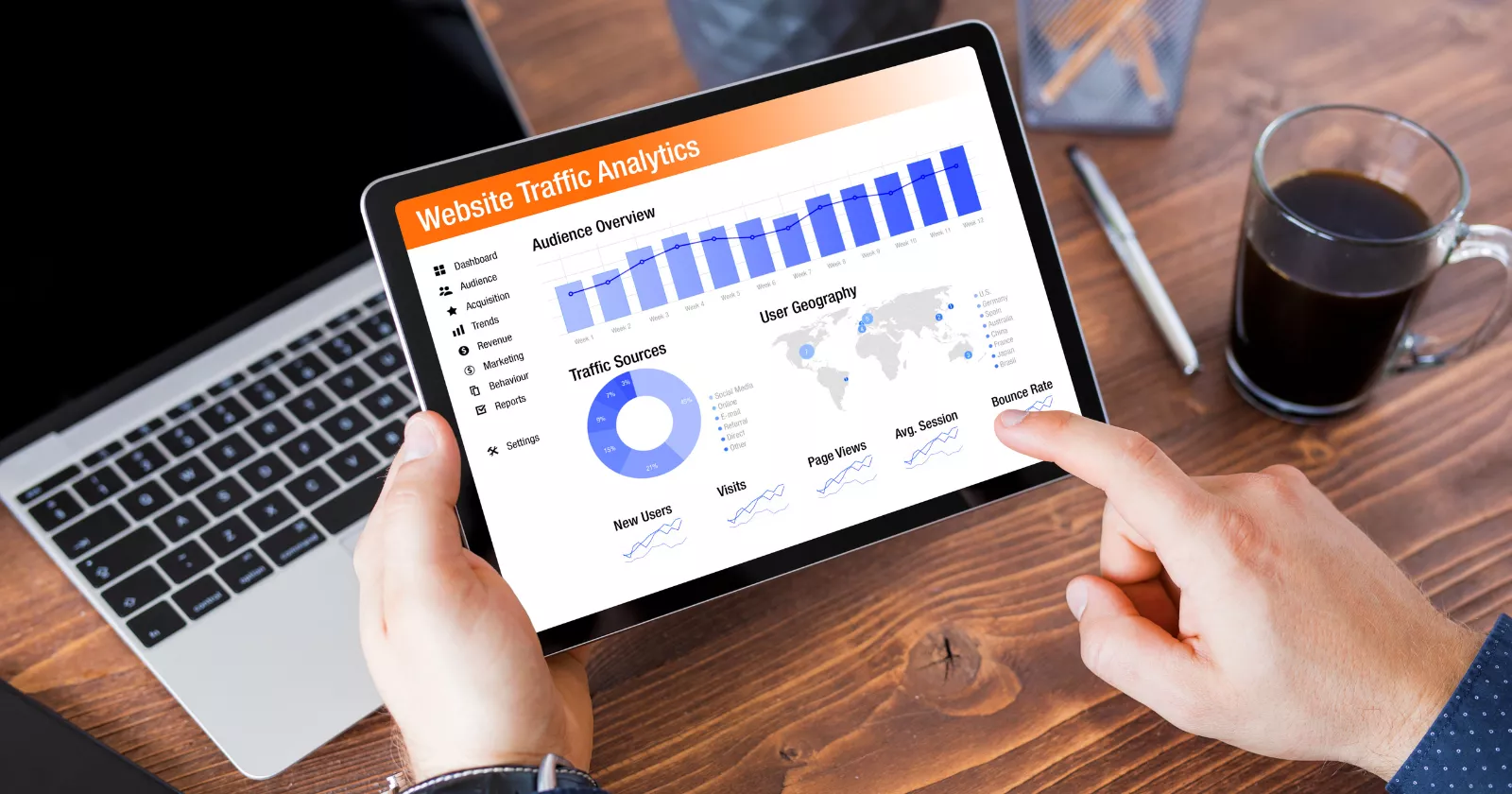Before optimizing, audit your existing content. Review page titles, URLs, headings, meta descriptions, media formats, and word count. Ensure content is useful, accurate and organized logically in a user-friendly format. Optimize On-Page Elements
Optimize On-Page Elements
Titles and Headings
- Titles should be descriptive using primary keywords so users know what the page is about when shared in search results
- Headings break up text and should utilize related secondary keywords
Bold Main Keywords
Make the focus keywords stand out to users and search engines by bolding them once per page.
Media Formats
Use a variety of media like images, videos and tables to enrich content. Optimize with filenames and alt text using keywords.
URL Structure
URLs should be short and contain primary keywords.
Word Count
Pages should be over 1,000 words to show depth on a topic but not overloaded with fluff.
Related Links
Link out to reliable sources to establish subject authority and give context.
Create User-Focused Content
The goal is to cultivate trust and help users, not game rankings. Provide accurate, secure information written for organic users first.
Be Accurate and Transparent
- Fact check from reliable sources
- Disclose potential biases
- Fix or remove incorrect content
Format for Readability
- Break up text with headings
- Use lists and tables appropriately
- Link to glossary for acronyms/technical terms
- Provide multimedia
Organize Logically
Group related ideas in structured sections so users can easily scan and digest information.
Write Clearly
Convey information clearly and succinctly in plain language.
Optimize Technical Elements
Proper coding, security and site speed also impact rankings.
Mobile-Friendly
Ensure site is responsive for all devices.
Secure HTTPS
Encrypt connections to protect user data.
Site Speed
Faster sites rank better. Streamline code, compress files, reduce redirects.
Structured Data
Add schema markup so search engines can interpret site data.
Sitemap and Robots.txt
Help search bots index new pages with a sitemap and robots.txt file.
Limit Ads
Ads above the fold create clutter affecting user experience.
No Keyword Stuffing
Avoid awkwardly over-optimizing with keywords. Focus on what delivers value to users.
Monitor and Refine
Analyze performance with Google Analytics and Search Console. See what works through user engagement and gradually build upon that over time.
Key Takeaways
- Provide accurate, useful content focused on users first
- Format content for maximum readability and comprehension
- Follow EAT and Google’s quality guidelines
- Continuously refine based on user signals like engagement metrics
Improving rankings is an ongoing process. With a comprehensive technical and content strategy centered around benefiting the user, pages can better attract search visibility over time.
Conclusion
By optimizing on-page elements, writing user-focused content, and cleaning up site architecture, you can legitimately improve search visibility and user experience simultaneously. Avoid keyword stuffing or other tactics at the expense of site visitors. Instead, focus efforts on creating content people intrinsically want to read and share. Trust that steadily cultivating quality and authority will increase rankings over time.
Frequently Asked Questions
-
What is the most important ranking factor?
The quality of the content itself contributes greatly to search rankings, even more so than specific keyword usage. Useful, accurate pages that follow EAT standards tend to surface more prominently. -
How many keywords should I target per page?
Just a few primary keywords, supplemented with related secondary phrases in a natural way throughout the page. Avoid awkwardly repeating the exact same phrases just for rankings. -
How often should I update pages?
Make updates and additions gradually over time according to what provides added value for users. Search engines reward sites that regularly publish fresh quality content. -
Should I focus on long-tail keywords?
Yes, incorporate relevant long-tail versions of keywords in a natural way throughout your content to catch more specific searches. But also include the most important short-tail phrases. -
How long should my meta description be?
Ideally under 160 characters. Descriptions over 200 characters will get cut off in search results. -
Can I improve rankings without links?
It’s possible, but earning high quality backlinks remains one of the strongest ranking factors. Links help validate your content to search engines. -
What should my content word count be?
1,000+ words for priority pages to show depth on a topic. But quality trumps quantity, so aim for whatever length delivers the fullest useful information to users. -
Is your site’s speed a ranking factor?
Yes, site speed impacts user experience so faster sites tend to outperform slower ones over time. -
How often should I publish blog content?
Search engines favor sites that regularly add new quality content. But focus on value for users first rather than over-optimizing posting frequency. Sites can rank well with once or twice a week updates. -
Should I use H1 and other H tags?
Yes, properly utilizing headings helps structure your content and indicates importance to search bots. H1 should contain your target keyword in most cases. -
How do I check for security issues?
Test your site with online tools like the Qualys SSL Labs SSL Server Test to catch and fix vulnerabilities for better security and performance. -
What tools can help with SEO?
Google Search Console, Google Analytics, Pingdom Website Speed Test, Google Page Speed Insights, Screaming Frog SEO Spider Tool, Ahrefs Site Audit are some of the top options. -
Which pages should I focus optimization efforts on?
Prioritize service pages and blog content first, then global site elements like footers and sidebars. Lower value pages can be optimized later. -
Should I optimize images?
Yes, compress images and fill out alt text and title attributes using target keywords where relevant to enhance SEO. -
What is a robots.txt file?
A text file that gives instructions about what parts of your site should or should not get indexed by search engine crawlers.